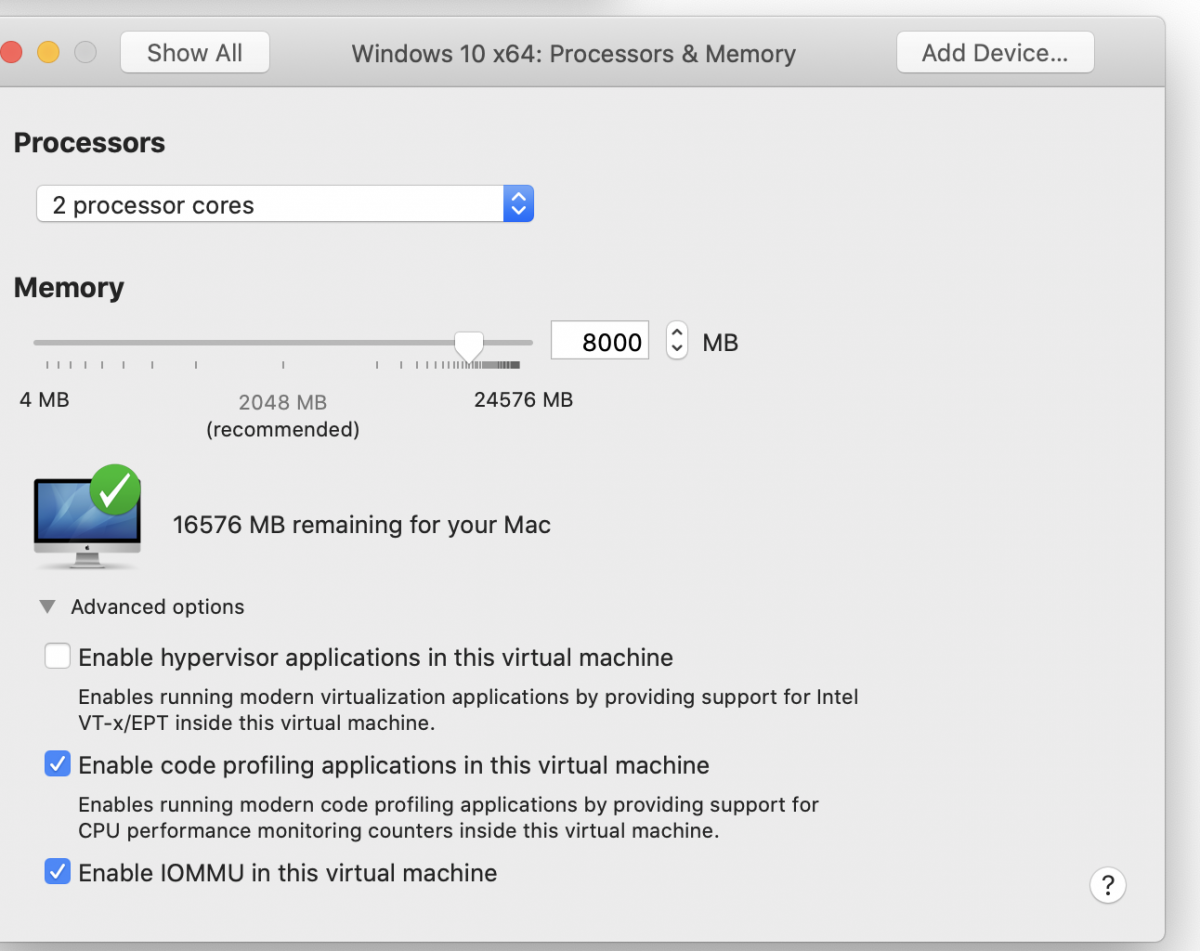AWS Direct Connect is most compared with Cisco AnyConnect Secure Mobility Client, AWS PrivateLink, Fortinet FortiClient, Lumen MPLS IP VPN and Prisma Access by Palo Alto Networks, whereas Microsoft Azure VPN Gateway is most compared with Cisco AnyConnect Secure Mobility Client, Fortinet FortiClient, Pulse Connect Secure, Prisma Access by Palo. VPN connectivity option Description; AWS Site-to-Site VPN: You can create an IPsec VPN connection between your VPC and your remote network. On the AWS side of the Site-to-Site VPN connection, a virtual private gateway or transit gateway provides two VPN endpoints (tunnels) for automatic failover. AWS Client VPN is a fully managed service that provides customers with the ability to securely access AWS and on-premises resources from any location using OpenVPN based clients. Connectivity from remote end-users to AWS and on-premises resources can be facilitated by this highly available, scalable, and pay-as-you-go service. Troubleshooting Cisco ASA customer gateway device connectivity. When you troubleshoot the connectivity of a Cisco customer gateway device, consider IKE, IPsec, and routing. You can troubleshoot these areas in any order, but we recommend that you start with IKE (at the bottom of.
Install AnyConnect
Authored by: Erik Labor

Aws Anyconnect Tutorial

AnyConnect is a simple and reliable client-to-site VPN solution available for Windows®, Mac®, and various Linux® distributions.
After you obtain an AnyConnect license, and you make the necessary configurations on your firewall, you need to view a corresponding ticket with important information that you need to reference. You might need to request a new username and password, as well. After you receive a username and password, you can install the AnyConnect software client.
Ensure Java is installed before proceeding with the AnyConnect client software installation.
Complete the following steps to install the AnyConnect client software:
Determine the WAN Management IP assigned to the firewall’s external interface.
A ticket update provides this information, but you can also complete the following steps to locate the WAN Management IP address in the MyRackspace portal:
a. Click the Network drop-down tab.
b. Click IP Addresses.
c. Locate your firewall device and copy the Primary IPv4 address.The Primary IPv4 is your firewall’s management IP and should be a non-RFC1918 public IP address.
Open a web browser of your choice, and in the address bar, enter https://Firewall_Management_IP_Address.
To connect to the page, accept any invalid certification warnings.
These warnings appear because the firewall uses a self-signed certificate insteadof a certificate purchased from a trusted CA.
To avoid the warnings in the future, you can buy a certificate from a CA. Rackspace can apply that certificate to your firewall.
At the AnyConnect login prompt, enter the username and password provided in the ticket. Drivers smartdisk.
Sharkoon input devices driver. If the AnyConnect client software doesn’t automatically install, then install it manually.
After the AnyConnect software client installs, close the browser session and open Anyconnect.
In the Connection window, enter the firewall management IP address.
After you make the the initial connection, click past the warnings and enter the provided username and password.
After AnyConnect establishes a VPN session, you can access your servers via their RFC1918 internal/private IP addresses.
Future AnyConnect version updates automatically install on your local computer when you update software packages on your firewall.
To prevent AnyConnect from issuing warnings each time you log in, click the cog wheel button in the bottom left of the AnyConnect client and clear the Block connections to untrusted servers checkbox.
If you experience any issues, contact us either via a ticket update or call the toll-free support line.
©2020 Rackspace US, Inc.
Except where otherwise noted, content on this site is licensed under a Creative Commons Attribution-NonCommercial-NoDerivs 3.0 Unported License

You are responsible for the cost of the AWS services used while running this Quick Start reference deployment. There is no additional cost for using the Quick Start.
The AWS CloudFormation template for this Quick Start includes configuration parameters that you can customize. Some of these settings, such as instance type, affect the cost of deployment. For cost estimates, see the pricing pages for each AWS service you use. Prices are subject to change.
Aws Anyconnect Tutorial

Tip: After you deploy the Quick Start, we recommend that you enable the AWS Cost and Usage Report. This report delivers billing metrics to an S3 bucket in your account. It provides cost estimates based on usage throughout each month and finalizes the data at the end of the month. For more information about the report, see the AWS documentation.
This Quick Start requires an RA-VPN license from Cisco. The Cisco ASAv virtual firewall provides the following licensing options:
Aws Anyconnect Software

- Option 1: Use AWS pay-as-you-go licensing, which is based on hourly billing. This is the default option for this Quick Start.
- Option 2: Use Amazon’s Bring Your Own License model in conjunction with Cisco’s Smart Licensing.
To use this Quick Start in a production environment, see Cisco Adaptive Security Virtual Appliance (ASAv) — Standard Package. Ensure that you subscribe to the image using the correct Region. If you want to use option 2, you must use the correct Amazon Machine Image (AMI). For more information, see how to Deploy the ASAv on the AWS Cloud.
Aws Anyconnect Training
This Quick Start requires a subscription to the AMI for Cisco RA‑VPN, which is available from AWS Marketplace. Additional pricing, terms, and conditions may apply. For instructions, see the deployment guide.
